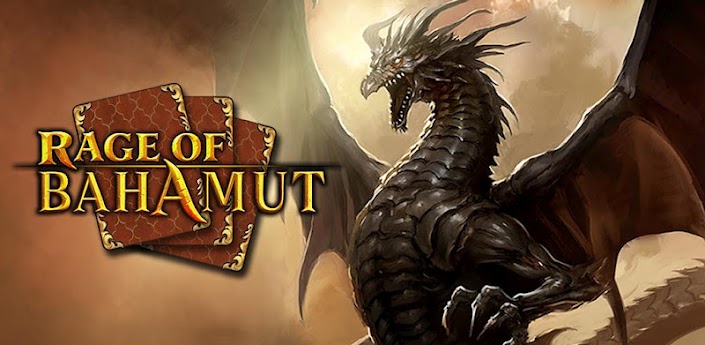Here’s some promising news about Android monetization. DeNA says that Rage of Bahamut, which was the #1 grossing game on both Android and iOS yesterday, is earning about the same revenue per day from both platforms. It’s a single data point, but it goes against recent studies from companies like Flurry that say that Android lags behind in terms of monetization by a factor of 4-to-1. “Contrary to what we read, we’ve been very happy with Android monetization,” DeNA director and Ngmoco CEO Neil Young says. “There is not a big discrepancy between the two now.”
DeNA is a Japanese multi-billion dollar mobile gaming giant that has been trying to crack Western markets over the last three years. It spent up to $403 million to buy a U.S. mobile gaming company started by EA veterans called Ngmoco in 2010, and then it took about a year for the company to fully launch a global mobile gaming network called Mobage.
But Rage of Bahamut’s reign at the top of the charts is a sign that these efforts are starting to bear some fruit. The title has at the top of Google Play’s charts for six weeks. “This has never really been a sprint for us. It’s been a marathon,” Young says. The game had the top slot on both platforms yesterday, but Kabam’s Kingdoms of Camelot took back the #1 iOS slot in the U.S. this morning.
Rage of Bahamut is a trading card game from Tokyo-based Cygames. Under the name Shingeki-No-Bahamut, it was a hit in Japan so Ngmoco brought it over and localized it for Western markets. In the game, players collect and evolve cards so they can do battle with other characters in the game.
Young says Rage of Bahamut is seeing some impressive revenue numbers per day per user. In casual games, you usually see an average revenue per daily active user of a couple cents to 10 cents per day on mobile. The better games can get to 15 to 25 cents per day per daily active user. But Young says Rage of Bahamut has been able to do 4 or 5 times that. He didn’t say how much revenue overall the title is earning, but we’ve seen dual platform hits like Draw Something earn anywhere between $5 and 10 million per month through in-app purchases and advertising.
Young’s stats are promising news because there are concerns that monetization on mobile platforms (particularly through other business models like advertising) may never match what is possible on the desktop web. However, the counter-example to this argument usually involves Japanese companies like DeNA or GREE, which earn far more revenue per user in Japan that what has been seen in the West. Young says mobile games in Japan can earn $1 to $1.50 per daily active user on average. The theory is that Western markets are just behind and that U.S. and European consumers will gradually step up spending through mobile phones until they match Japanese consumer behavior.
This is certainly the bet that DeNA is taking. The company, which is worth $3.15 billion in U.S. dollars, is one of the two biggest mobile gaming companies in Japan. But as that market has become saturated, both DeNA and its archrival GREE have moved overseas to find additional growth.
Both companies are dual platform providers and game developers. That means they make their own games and also offer a network that other developers can distribution their games on. DeNA’s network, called Mobage, publicly launched last fall. The company hasn’t revealed any stats on how large the network is though.
“We’re pretty comfortable with where we are,” Young says. “We’re very fortunate that we have monetization expertise that we’ve been able to acquire from Japan and evolve from our own history.”
